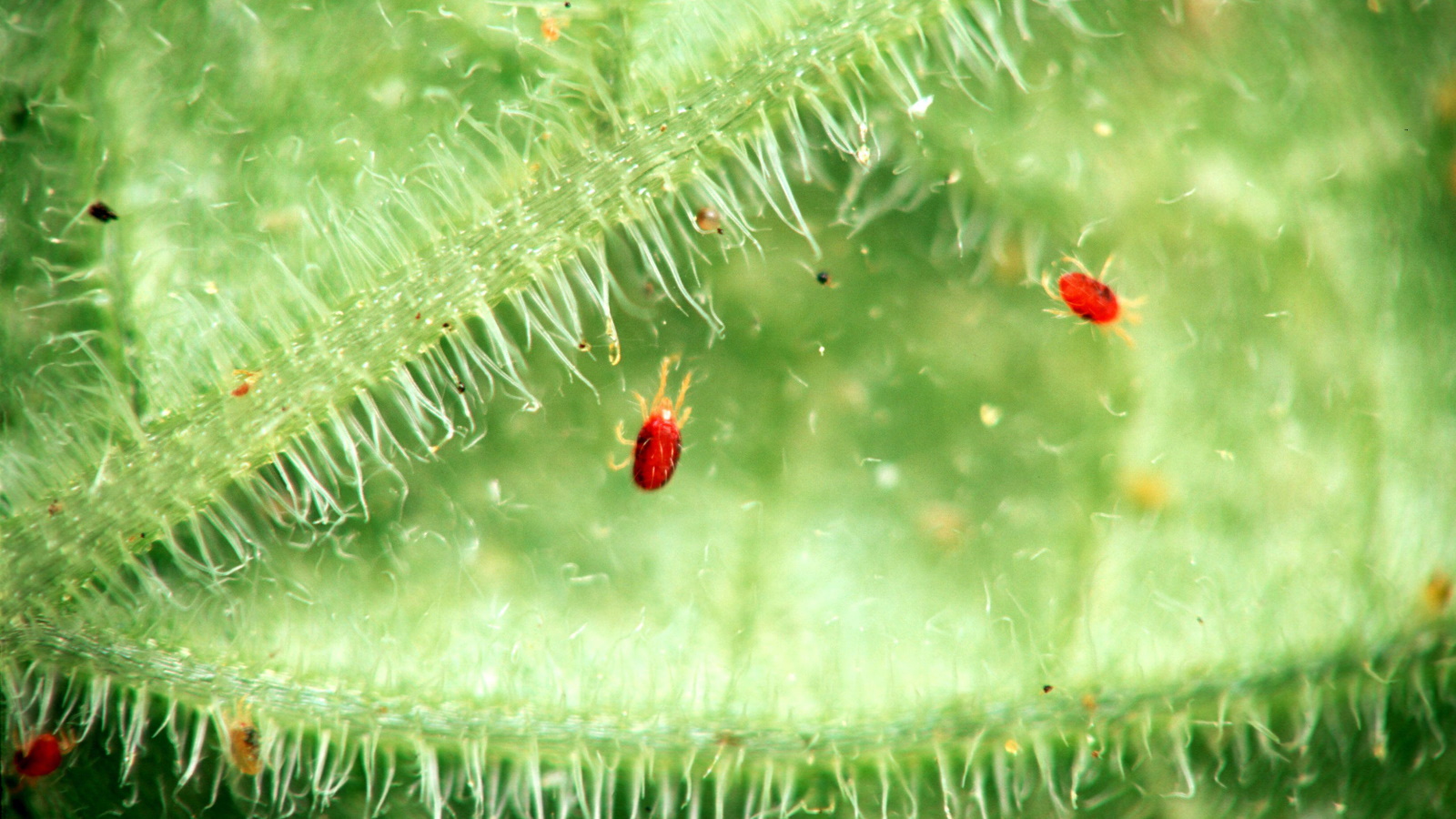Introduction
Garden mites, tiny arachnids often invisible to the naked eye, can cause significant damage to your plants if left unchecked. These pests feed on plant sap, leading to yellowing leaves, stunted growth, and reduced yields. Understanding how to get rid of garden mites is crucial for gardeners aiming to maintain a vibrant and healthy garden. This article explores proven strategies, expert advice, and actionable tips to effectively manage and prevent mite infestations.
What Are Garden Mites and Why Are They Harmful?
Garden mites include several species such as spider mites, broad mites, and rust mites. They thrive in dry, warm conditions and often multiply rapidly, making early detection vital.
- Spider mites are the most common, causing fine webbing on leaves.
- These mites suck plant juices, damaging cells and causing discoloration.
- Infested plants may show symptoms like yellow spots, leaf drop, and overall weakness.
Understanding their lifecycle and behavior helps in targeting control measures efficiently.
How to Identify Mite Infestations Early
Early recognition of garden mite presence is key to preventing widespread damage. Look for these signs:
- Speckled or stippled leaves that look dusty or faded.
- Fine webbing on the undersides of leaves.
- Leaves that curl or become brittle.
- General plant decline despite proper care.
Using a magnifying glass can help spot mites directly, as they are very small but visible on close inspection.
Proven Methods to Get Rid of Garden Mites
1. Natural Predators
Introducing beneficial insects like ladybugs, predatory mites, and lacewings can naturally reduce mite populations. These predators feed on mites without harming plants or beneficial insects.
2. Water Management
Since mites thrive in dry environments, regularly spraying plants with water can disrupt their lifecycle. Focus on the undersides of leaves where mites congregate.
3. Organic Miticides and Insecticidal Soaps
Use insecticidal soaps, neem oil, or horticultural oils which are effective against mites and safe for most plants. Apply during early morning or evening to avoid leaf burn.
4. Chemical Control
When infestations are severe, miticides like abamectin or spiromesifen can be used as a last resort. Always follow label instructions and consider environmental impact.
Preventive Measures to Avoid Future Mite Problems
- Maintain proper garden hygiene by removing dead leaves and debris.
- Avoid excessive use of nitrogen fertilizers which encourage mite reproduction.
- Regularly inspect plants for early symptoms.
- Ensure adequate watering and humidity to create less favorable conditions for mites.
Expert Tips and Case Studies
According to entomologists, combining biological control with cultural practices offers the best long-term solution. For example, a study in a commercial tomato greenhouse showed that introducing predatory mites reduced spider mite populations by over 80% within four weeks, minimizing chemical use.
Conclusion
Getting rid of garden mites requires a multi-faceted approach involving early detection, natural predators, proper watering, and, when necessary, safe chemical treatments. By adopting these expert-backed strategies, gardeners can protect their plants, improve garden health, and reduce reliance on harsh pesticides. Regular monitoring and preventive care remain the cornerstone of effective mite management. Take proactive steps today to maintain a thriving, mite-free garden environment.
